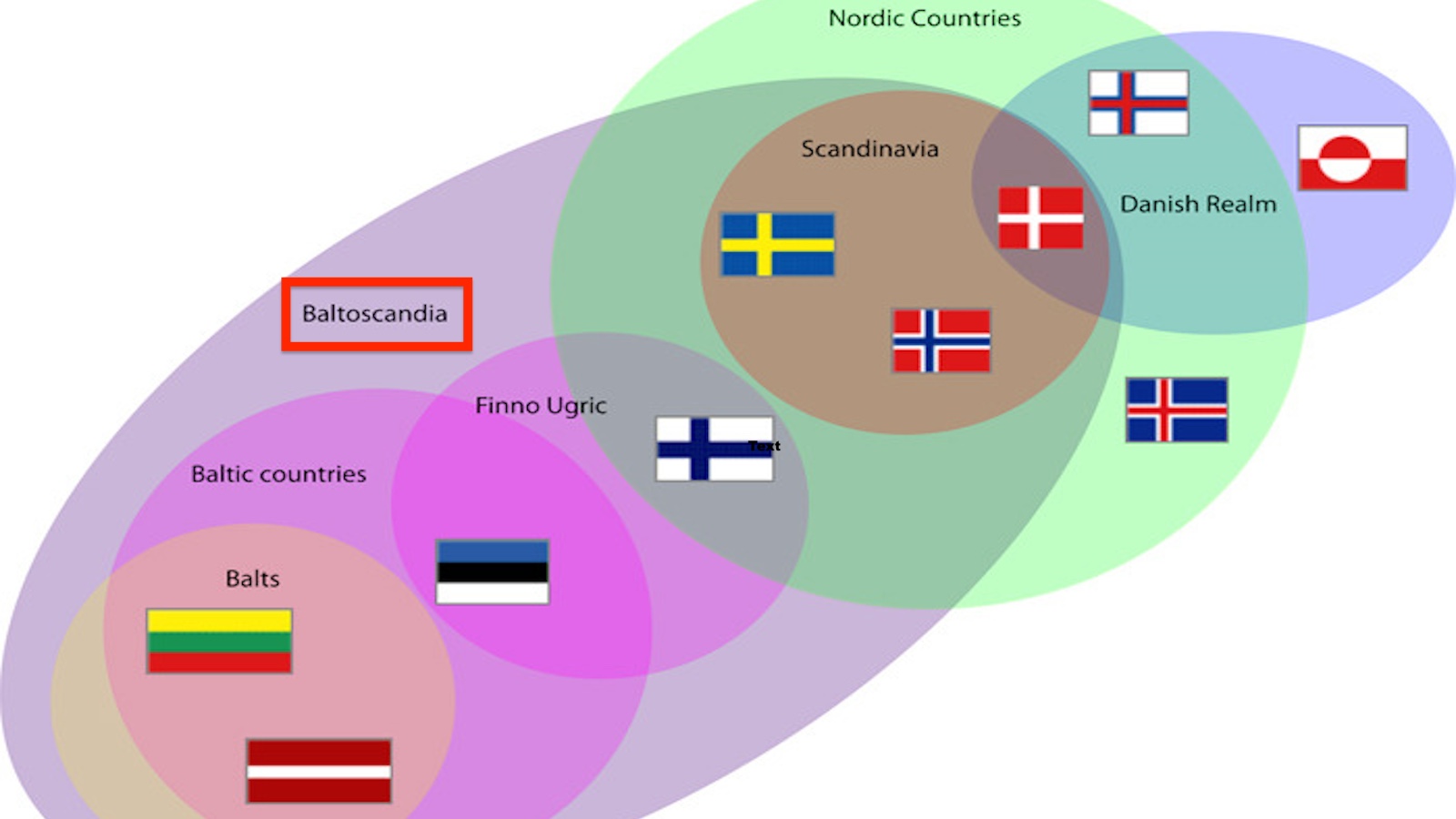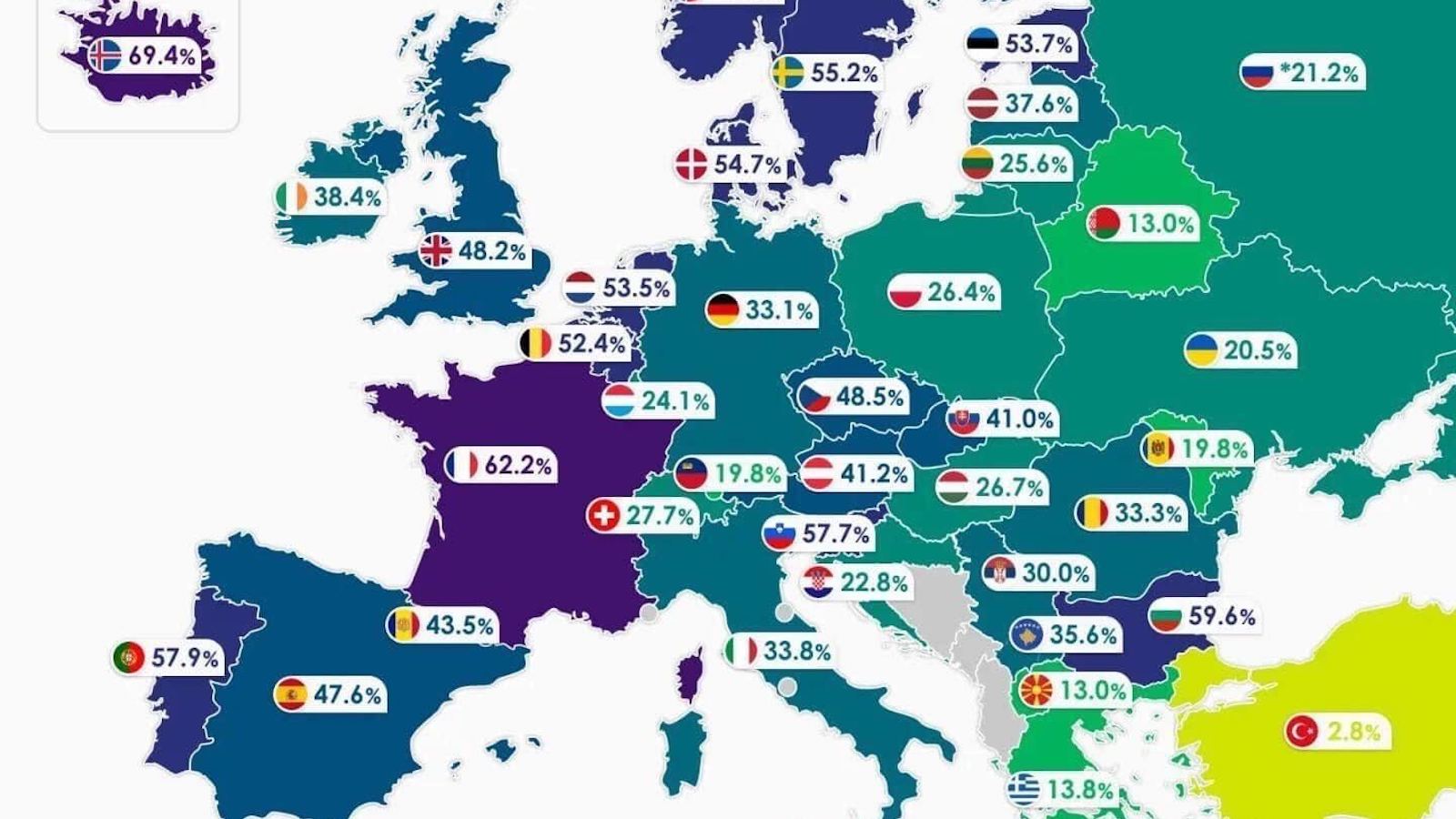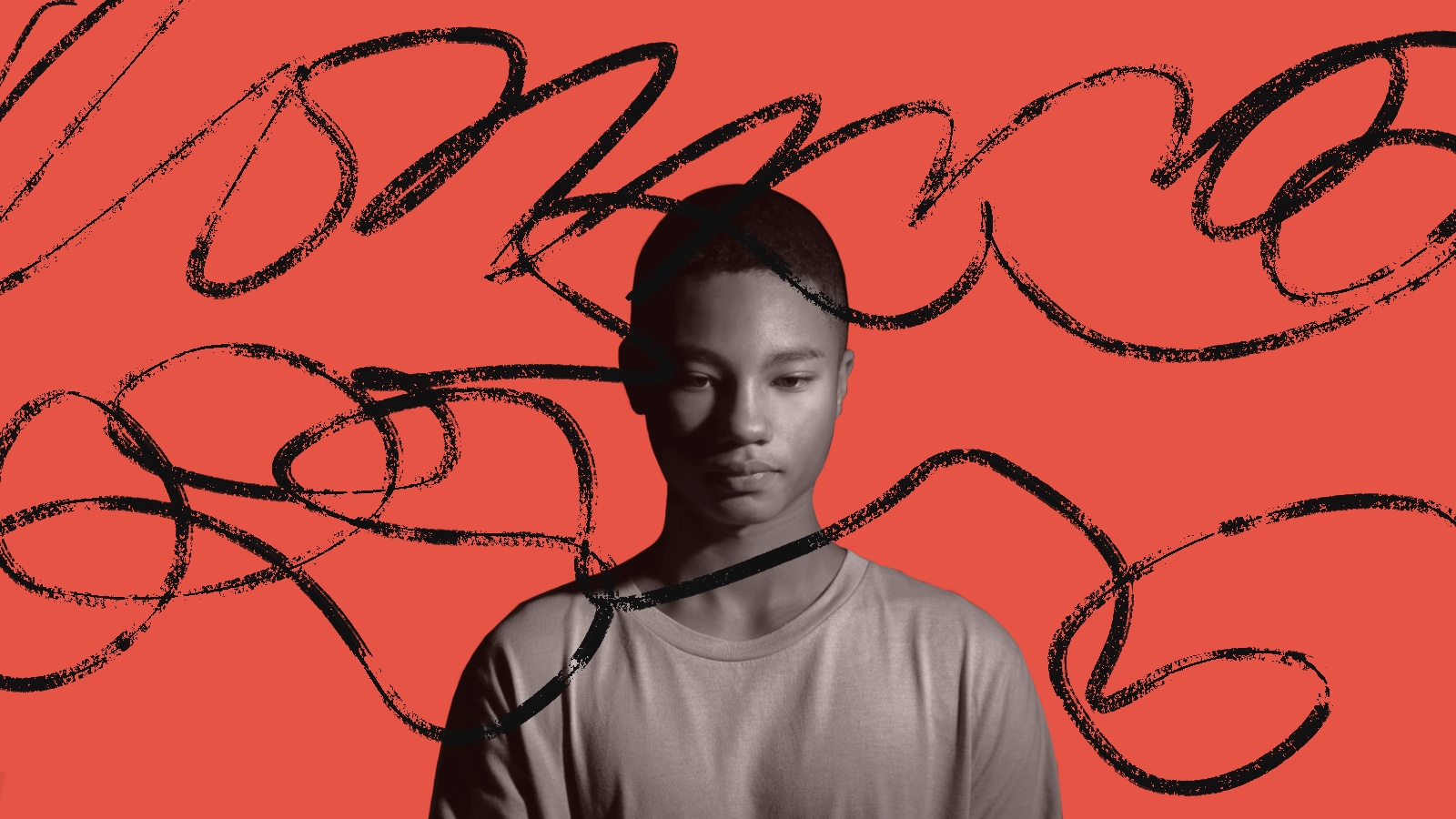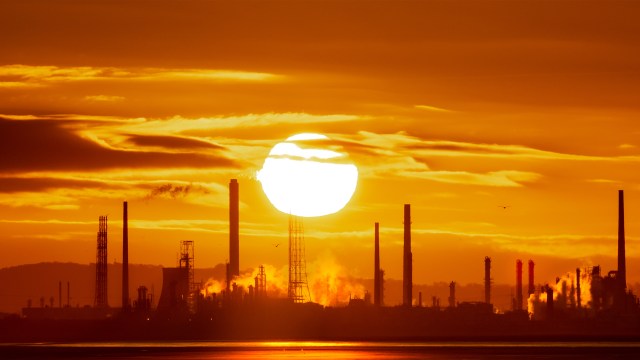These 10 countries are closest to achieving gender equality
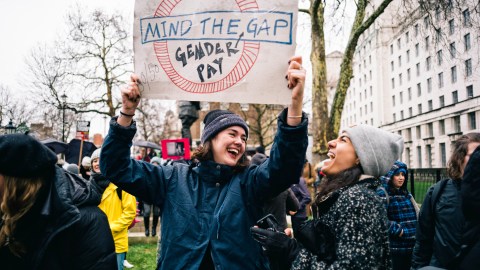
Daniel Stephen Homer/SOPA Images/LightRocket via Getty Images
For 11 consecutive years the Nordic nation, with a population of just over 360,000, has been the frontrunner in the index, which benchmarks countries according to how close they are to reaching gender equality.
Iceland has closed almost 88% of its gender gap and increased its lead over second-ranked Norway.
 Iceland leads the way at gender parity. Image: World Economic Forum
Iceland leads the way at gender parity. Image: World Economic Forum
A century away
The latest figures indicate an overall positive direction of travel.
The global gender gap – which is measured across four key areas, or subindexes: health, education, work and politics – has narrowed slightly to 68.6%. The average gap left to close is now 31.4%, compared to 32% last year.
But there is still an excruciatingly long wait for gender equality: it will take 99.5 years to achieve full parity between men and women at the current rate of change.
The gender gap is on course to close…. in 99 years https://t.co/nkB1ddNNvy
— BBC News (UK) (@BBCNews) December 17, 2019
The majority of countries made strides towards parity in the last 12 months – some moving faster than others. The 16 countries that make up the index’s top 10% recorded an improvement of more than 3.3% year-on-year.
Since the report began in 2006, Nordic countries have frequently monopolized the top spots in the ranking, and 2020 is no exception. Just below second-placed Norway are Finland and Sweden.
In fifth place is Nicaragua, followed by New Zealand, Ireland, Spain, Rwanda and Germany.
The most-improved countries are Albania, Ethiopia, Mali, Mexico and Spain.
The United States is 53rd this year, a fall of two places. The world’s second-largest economy, China, is down three to 106th.
Looking at the data by region, Western Europe has made the most progress in closing the gender gap, followed by North America, Latin America and the Caribbean, Eastern Europe and Central Asia, Sub-Saharan Africa, South Asia and the Middle East and North Africa.
Progress in politics
85 of the 153 countries covered in the latest edition have never had a female head of government. Perhaps no coincidence then that five of the top 10 most gender-equal countries have women in charge.
It’s official: Finland’s Sanna Marin was just appointed prime minister, making her the world’s youngest sitting head of government at age 34.
The Social Democrat will lead a coalition of 5 parties all headed by women. Four of those women are under the age of 35. pic.twitter.com/9LWBUw7cLF
— AJ+ (@ajplus) December 10, 2019
This year’s overall improvement was mostly the result of progress in politics, as the number of women in parliaments around the world increased. Even so, only 24.7% of the gap in the Political Empowerment subindex has been bridged so far.
 Less than a quarter of the gap as been closed. Image: World Economic Forum
Less than a quarter of the gap as been closed. Image: World Economic Forum
There were also marginal gains in Educational Attainment and Health and Survival, both of which are nearing parity at 96.1% and 95.7%, respectively.
However, the Economic Participation and Opportunity gap widened slightly, meaning it will now take even longer to close – 257 years, compared to the previous estimate of 202 years.
Reprinted with permission of the World Economic Forum. Read the original article.

